





Commercetools to Oracle commerce
Migrating your store from Commercetools to Oracle commerce might seem daunting, but with proper planning and the right tools, it's a smooth process. Follow this step-by-step guide to ensure a successful transition.
Schedule a call
Step-by-Step Migration Guide: Commercetools to Oracle Commerce Migration Guide
Step 1: Pre-Migration Assessment and Planning
In this step, we assess your current ecommerce setup on Commercetools and plan the migration process to Oracle Commerce, ensuring minimal disruption and optimal data integrity.
Step 2: Data Backup and Security Measures
This step involves backing up all relevant data from Commercetools and implementing security measures to protect sensitive information throughout the migration process.
Step 3: Setting Up Oracle Commerce Environment
In this step, we will establish the Oracle Commerce environment, configuring necessary settings and integrations to prepare for data migration.
Step 4: Data Migration Process
This step involves the actual migration of data from Commercetools to Oracle Commerce, executing the planned migration strategy and ensuring data integrity.
Step 5: Testing and Quality Assurance
In this step, we conduct extensive testing on the Oracle Commerce platform to ensure that all functionalities are working as expected post-migration.
Step 6: Launching the New Oracle Commerce Platform
This step covers the final preparations and execution for launching your new Oracle Commerce platform, ensuring a smooth transition for users.
Step 7: Post-Migration Review and Optimization
In this final step, we conduct a post-migration review, analyzing performance metrics and identifying areas for ongoing optimization.
Power Your Step - Get in Touch
Ready to migrate to Oracle Commerce? Contact PowerCommerce for expert assistance and support throughout your migration journey.
Step 1: Pre-Migration Assessment and Planning
Before embarking on the migration from Commercetools to Oracle Commerce, it's crucial to perform a thorough pre-migration assessment. This step lays the groundwork for a seamless transition and helps address potential challenges proactively.
The objective of this phase is to evaluate your current Commercetools setup, identify the data and functionalities that need to be migrated, and create a detailed migration plan. This assessment should include an inventory of existing products, customer data, order histories, and any custom functionalities that have been implemented.
- Identify Business Requirements: Understand what new functionalities or features you want to leverage in Oracle Commerce. This will guide the migration process and ensure that your new platform meets your business objectives.
- Data Inventory: Create a comprehensive list of data types to migrate, including:
- Products and categories
- Customer information
- Order histories
- Promotions and discounts
- Content such as blogs or landing pages
- System Compatibility Check: Ensure that Oracle Commerce supports all necessary integrations with your existing systems (e.g., CRM, ERP, payment processors).
- Define Migration Strategy: Develop a phased migration approach that outlines how data will be transferred and which components will be migrated first to minimize downtime and operational impact.
By the end of this assessment, you should have a clear understanding of the migration path and a detailed project plan that outlines timelines, resources, and responsibilities.
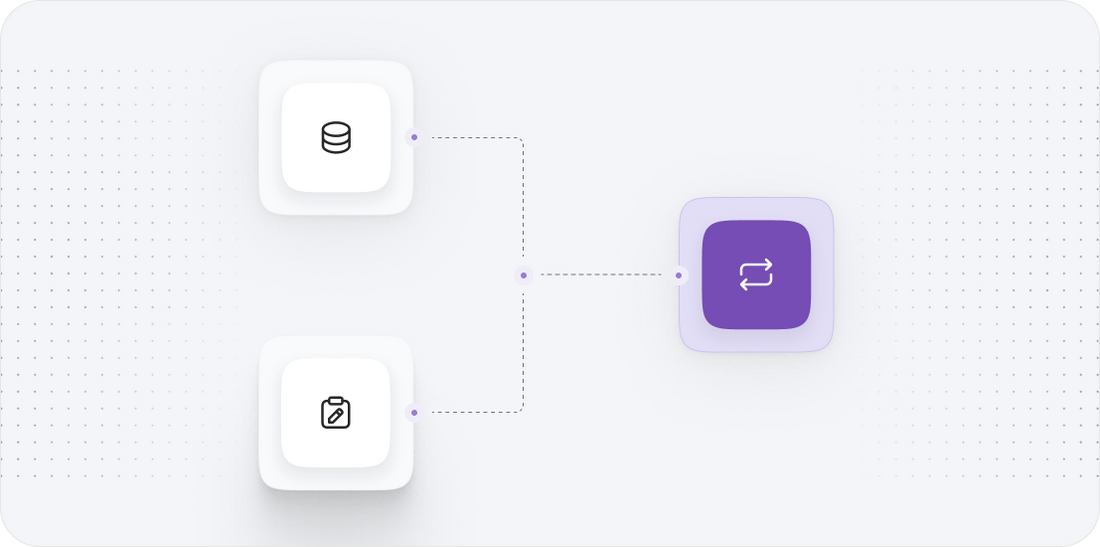
Step 2: Data Backup and Security Measures
Data integrity and security are paramount during a migration. In this step, we will back up all relevant data from your Commercetools platform and implement necessary security measures to protect it during the transition to Oracle Commerce.
First, we will perform a complete backup of all data stored in Commercetools. This includes customer data, product catalogs, order histories, and any custom configurations you have made. Having a backup ensures that you can restore your original setup in case of unforeseen issues during migration.
- Data Backup Steps:
- Log into your Commercetools account and navigate to the Management Console.
- Export essential data using the export functionality for:
- Products and variants
- Customers
- Orders
- Categories
- Save the exported data files in a secure location.
- Implement Security Measures: While migrating, sensitive data must be protected. Implement these measures:
- Use secure file transfer protocols (e.g., SFTP) for transferring data.
- Encrypt sensitive data both in transit and at rest.
- Limit access to the backup files to authorized personnel only.
- Validate Backup: Ensure that the backup has been successfully created by checking file integrity and completeness. Conduct a test restore if possible to confirm that all data can be retrieved.
With the backup completed and security measures in place, we can proceed to the next steps of the migration process confidently.

Step 3: Setting Up Oracle Commerce Environment
Setting up your Oracle Commerce environment is a crucial step in ensuring a successful migration from Commercetools. This involves configuring the basic settings, integrations, and any necessary applications that will be used in the new platform.
The objective is to create a robust environment where data can be migrated without issues. This includes setting up user accounts, configuring payment gateways, and ensuring that necessary integrations are ready.
- Environment Setup Steps:
- Sign up for an Oracle Commerce account and ensure you have the necessary licenses for the features you plan to use.
- Set up user roles and permissions based on your organizational structure to control access.
- Configure payment gateways to ensure that your customers can process transactions securely.
- Integrate third-party applications that are essential for your ecommerce operations, such as:
- Analytics tools
- CRM and ERP systems
- Email marketing platforms
- Test all integrations to ensure they are functioning as expected.
- Configuration Settings:
- Define the tax settings, shipping options, and payment processing rules that will govern transactions on your new Oracle Commerce site.
- Customize the storefront settings to reflect your branding, including logos, color schemes, and overall design.
- Quality Assurance: Conduct a thorough review of the environment setup to ensure everything is ready for the data migration.
With the Oracle Commerce environment prepared, we are now ready to begin the actual migration of data from Commercetools.
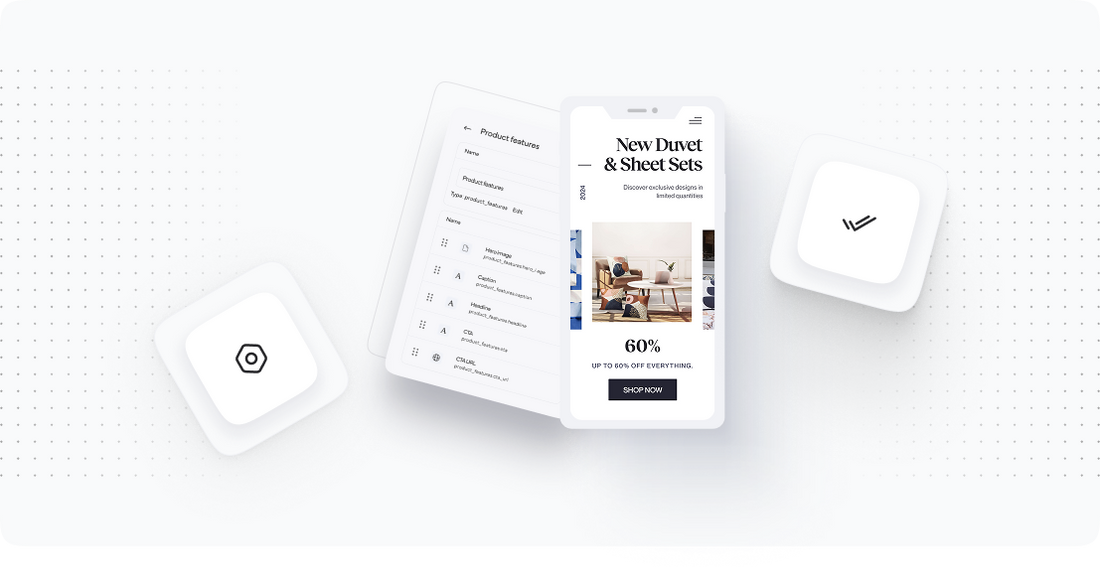
Step 4: Data Migration Process
The data migration process is a critical phase where all relevant information is transferred from Commercetools to Oracle Commerce. This step must be executed with precision to ensure data integrity and minimize downtime.
The goal here is to implement the migration strategy defined in the planning phase, carefully transferring data and making sure it aligns correctly with the new system's structure.
- Data Migration Steps:
- Use migration tools or scripts to facilitate the transfer of data. Depending on the volume and complexity, you may need to write custom scripts or use third-party solutions designed for ecommerce migrations.
- Start with the primary data types:
- Products and variants
- Customers
- Orders
- For each category, follow these steps:
- Import data into Oracle Commerce using its import functionality.
- Validate the import by checking for errors or discrepancies in the data.
- Move on to secondary data types such as promotional campaigns, content pages, and SEO metadata.
- Data Validation: After migration, it is essential to validate the integrity of the data:
- Check that all records have been correctly migrated without loss.
- Run consistency checks to ensure the data aligns with your business logic and operational requirements.
- Testing Environment: Set up a temporary testing environment to simulate customer interactions and ensure that the migrated data functions as expected.
Once the data migration is complete and validated, we can move forward with the next steps, including testing the new environment.
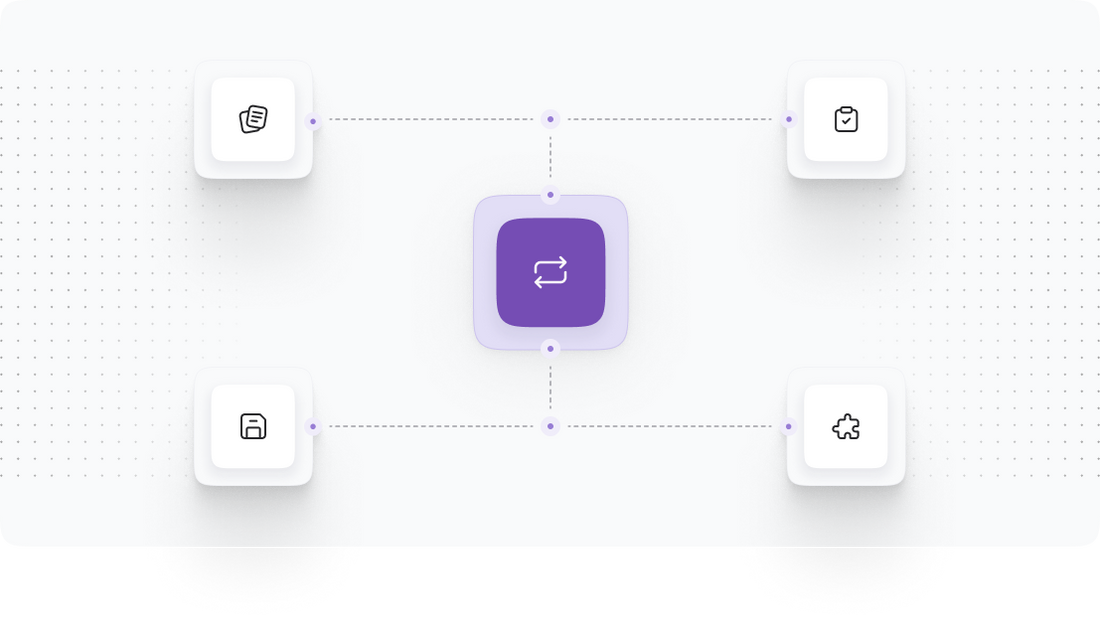
Step 5: Testing and Quality Assurance
Testing and quality assurance (QA) are essential to ensure that the Oracle Commerce platform operates smoothly after the migration from Commercetools. This step allows us to identify and resolve any issues before going live.
Our goal is to verify that all migrated data is functioning correctly and that the platform's features operate as intended.
- Testing Steps:
- Conduct functional testing to verify that all features, such as product browsing, checkout, and payment processing, work correctly.
- Perform user acceptance testing (UAT) with a group of end-users to gather feedback on the platform's usability and functionality.
- Run performance tests to assess how well the platform handles traffic loads, particularly during peak times.
- Bug Tracking: Use bug tracking tools to document any issues that arise during testing:
- Prioritize bugs based on their severity and impact on user experience.
- Assign tasks to the relevant teams for resolution.
- Final Validation: After addressing identified issues, perform a final validation of all functionalities to ensure they meet business requirements and expectations.
Once testing is complete and all issues have been addressed, we can prepare for the launch of the Oracle Commerce platform.
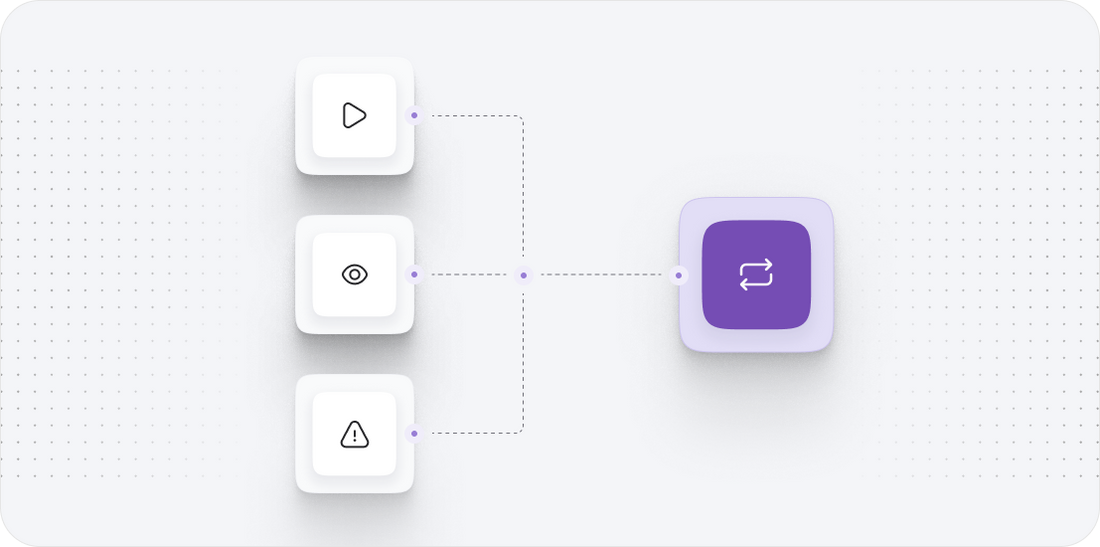
Step 6: Launching the New Oracle Commerce Platform
Launching the new Oracle Commerce platform is an exciting yet critical stage in the migration process. This step involves executing the final preparations and executing the launch plan to ensure a smooth transition from Commercetools.
The objective is to minimize downtime and ensure that customers can access the new platform without disruption. Proper planning and communication are key to a successful launch.
- Pre-Launch Checklist: Before going live, ensure the following:
- All data has been migrated and validated.
- Testing has been completed, and all bugs have been resolved.
- Staff is trained on the new platform features and operations.
- Customer communication has been prepared, informing them of the transition and any changes they can expect.
- Launch Execution: Execute the launch plan with careful coordination:
- Schedule the launch during off-peak hours to minimize the impact on customers.
- Monitor the platform closely for any issues that arise immediately after launch.
- Post-Launch Support: Provide immediate support for customers and staff following the launch:
- Establish a support team to handle any inquiries or issues that arise.
- Collect feedback from users to identify any areas for improvement.
With the launch successfully completed, we can shift our focus to the continuous optimization and growth of the Oracle Commerce platform.
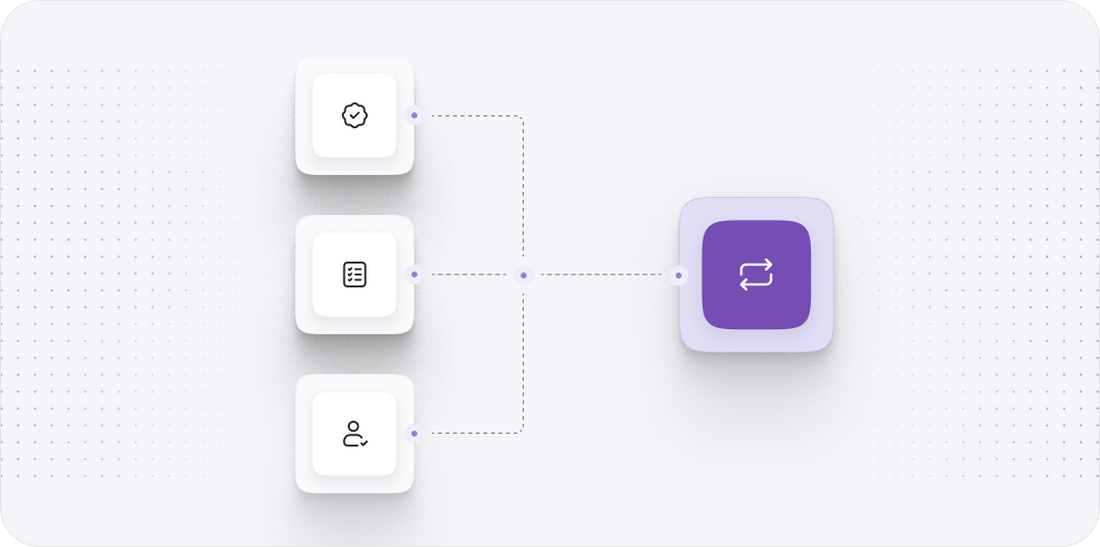
Step 7: Post-Migration Review and Optimization
The post-migration review and optimization phase is essential to ensure that the new Oracle Commerce platform operates at peak performance and meets business goals. This step involves analyzing data, gathering feedback, and implementing improvements based on insights gained.
The goal is to continuously refine the platform post-launch to enhance user experience and operational efficiency.
- Performance Analysis: Review key performance indicators (KPIs) to evaluate the success of the migration:
- Analyze traffic patterns, conversion rates, and customer engagement metrics.
- Identify any trends or areas where performance may be lacking.
- User Feedback: Gather feedback from customers and staff regarding their experiences with the new platform:
- Conduct surveys and interviews to collect qualitative data.
- Monitor support inquiries to identify recurring issues or concerns.
- Ongoing Optimization: Based on the analysis and feedback, implement optimization strategies:
- Adjust marketing strategies to target high-performing areas and improve underperforming segments.
- Regularly update content and features based on user needs and industry trends.
- Continuously monitor system performance and conduct routine maintenance to ensure reliability.
By prioritizing post-migration review and optimization, we can ensure that the Oracle Commerce platform evolves alongside your business, facilitating growth and improved customer experiences.

Power Your Step - Get in Touch
At PowerCommerce, we understand that migrating your ecommerce platform is a significant step towards future growth and innovation. Our team of experts is here to guide you through every phase of the migration process from Commercetools to Oracle Commerce.
Why choose PowerCommerce? Our industry expertise, commitment to customer satisfaction, and focus on data-driven solutions ensure that your migration is seamless and successful, minimizing downtime and optimizing your new platform for performance.
To get started, follow these simple steps:
- Visit our contact page to fill out our contact form.
- Call us at 800-099-9090 to speak with one of our migration specialists.
- Email us at info@powercommerce.com for personalized assistance and queries.
Don’t wait any longer to elevate your ecommerce capabilities. Contact us today to power your step towards a successful migration!
Stay aligned on what's happening in the commerce world
Trusted by 1000+ innovative companies worldwide
Schedule Your Migration Today
For businesses prioritizing simplicity, scalability, and robust support, Shopify is the clear winner.
Looking to migrate without hassle? Power Commerce can handle the entire process, ensuring smooth data transfer, store setup, and post-launch success.
Marka Marulića 2, Sarajevo, 71000 BiH
00387 60 345 5801
info@powercommerce.com


